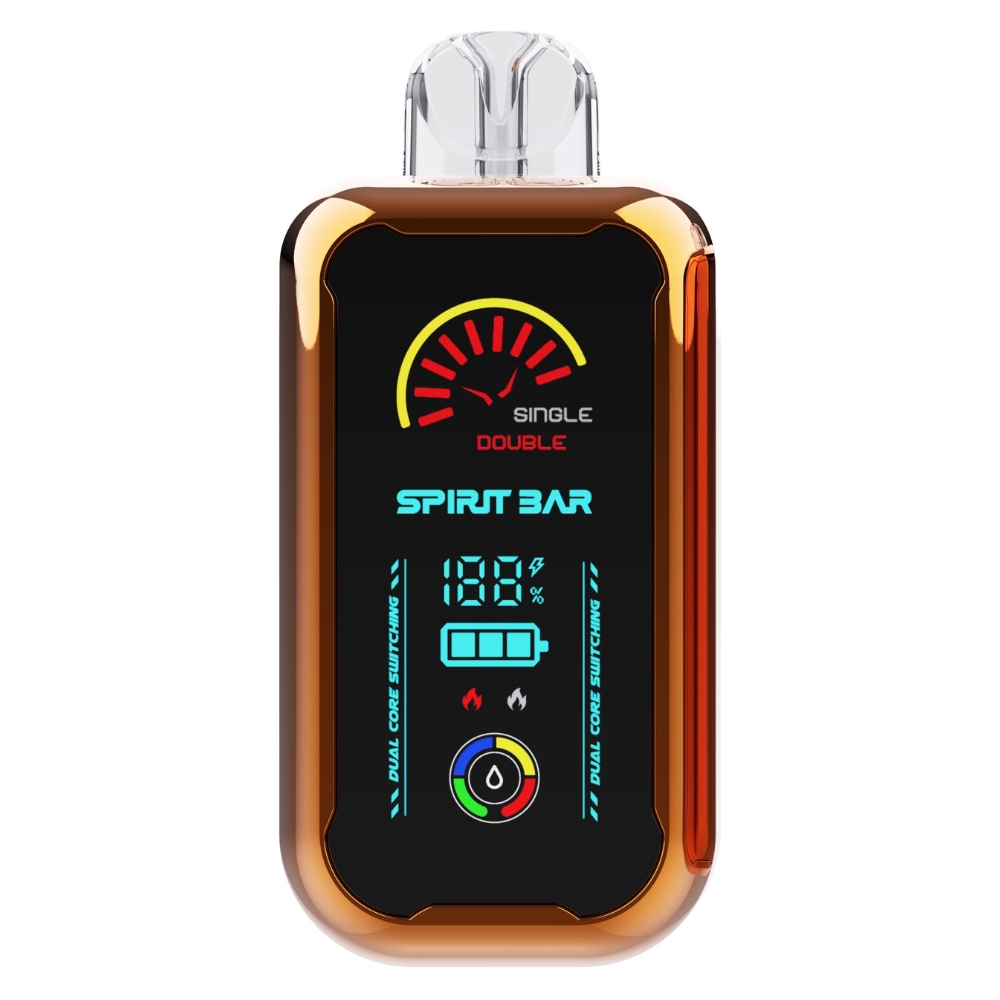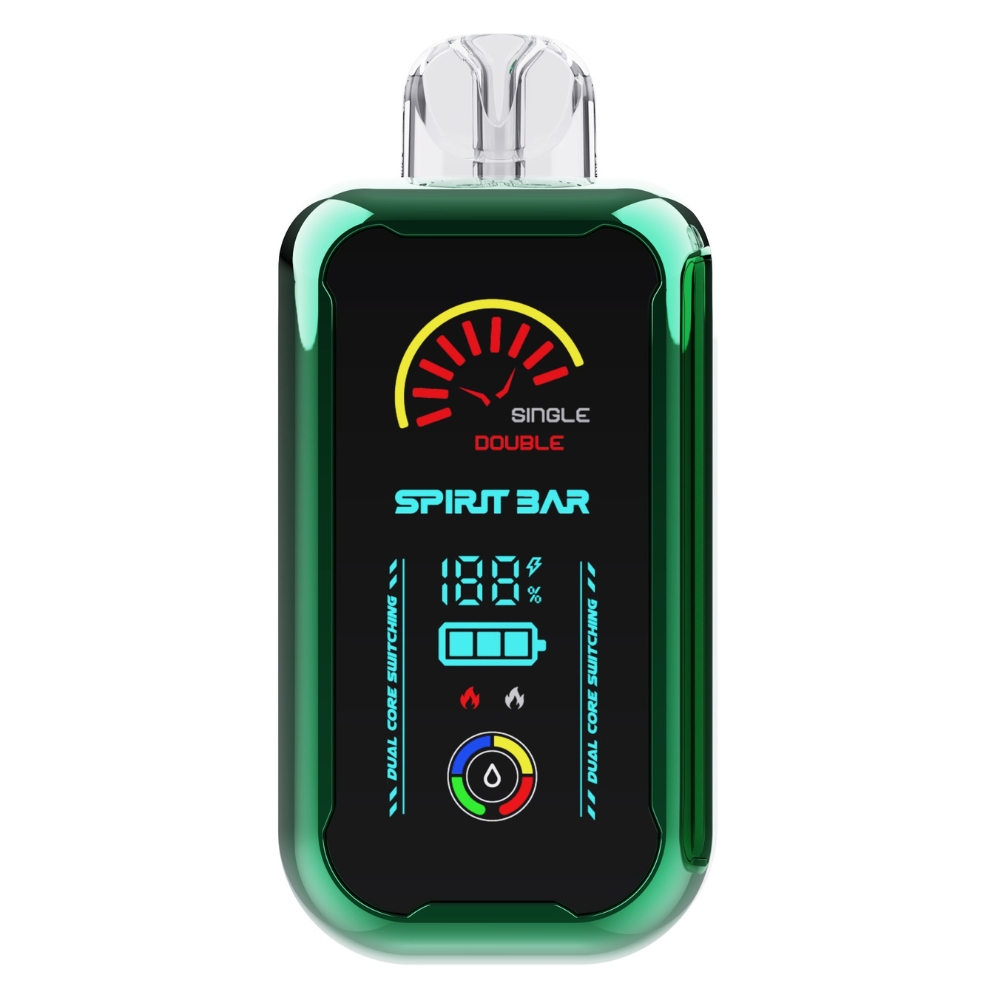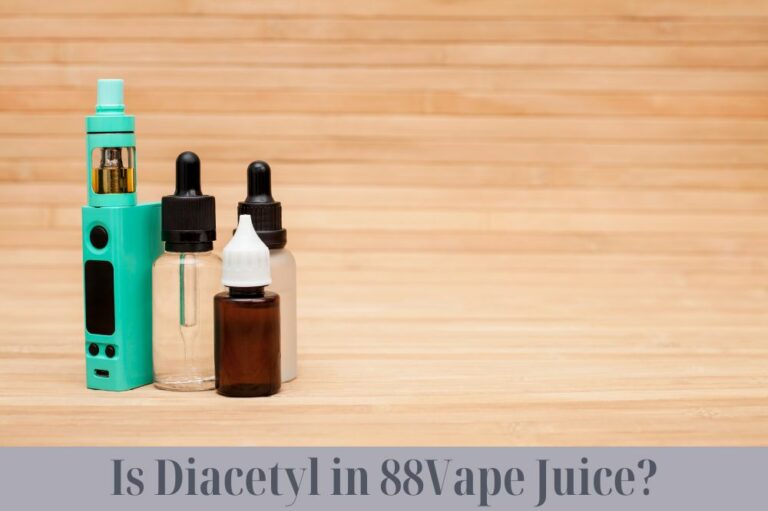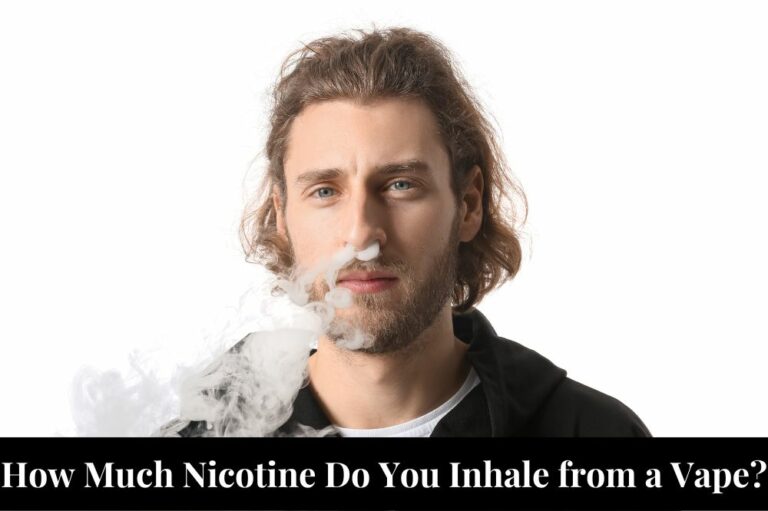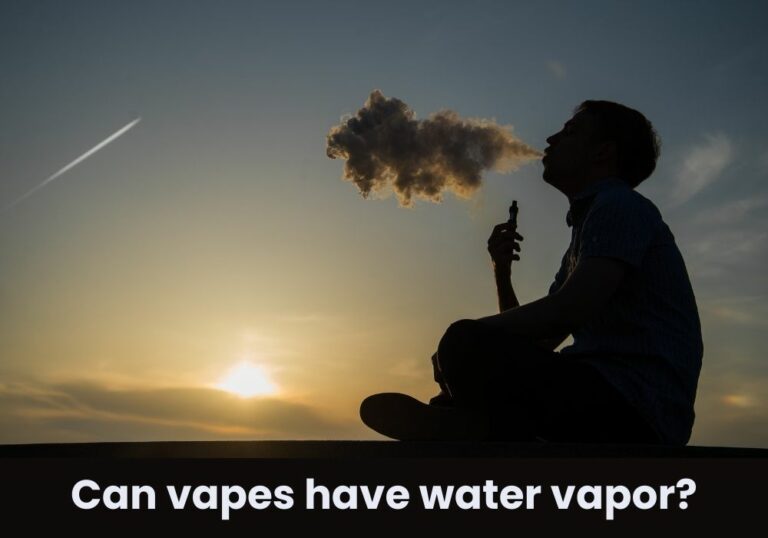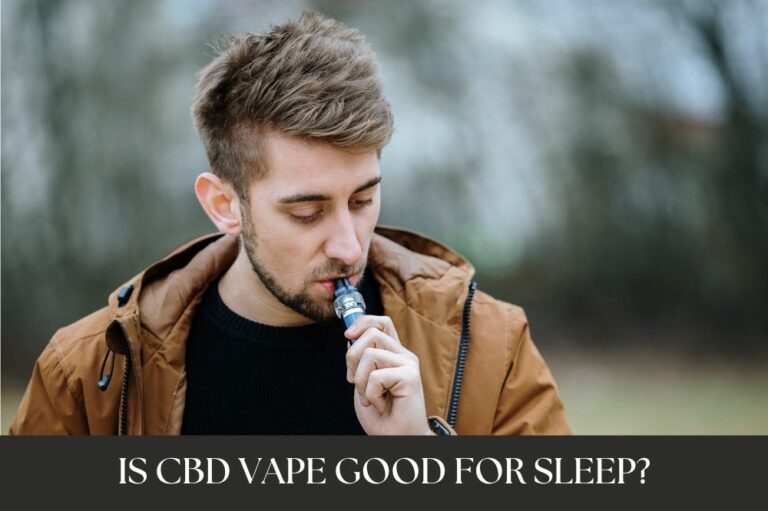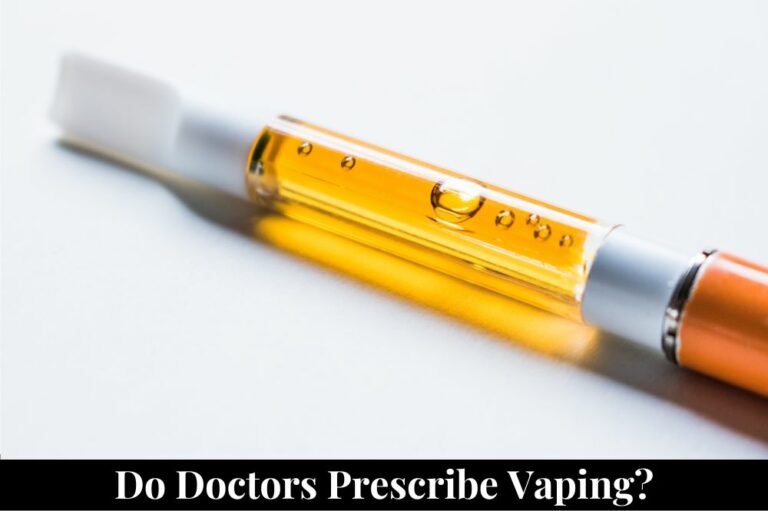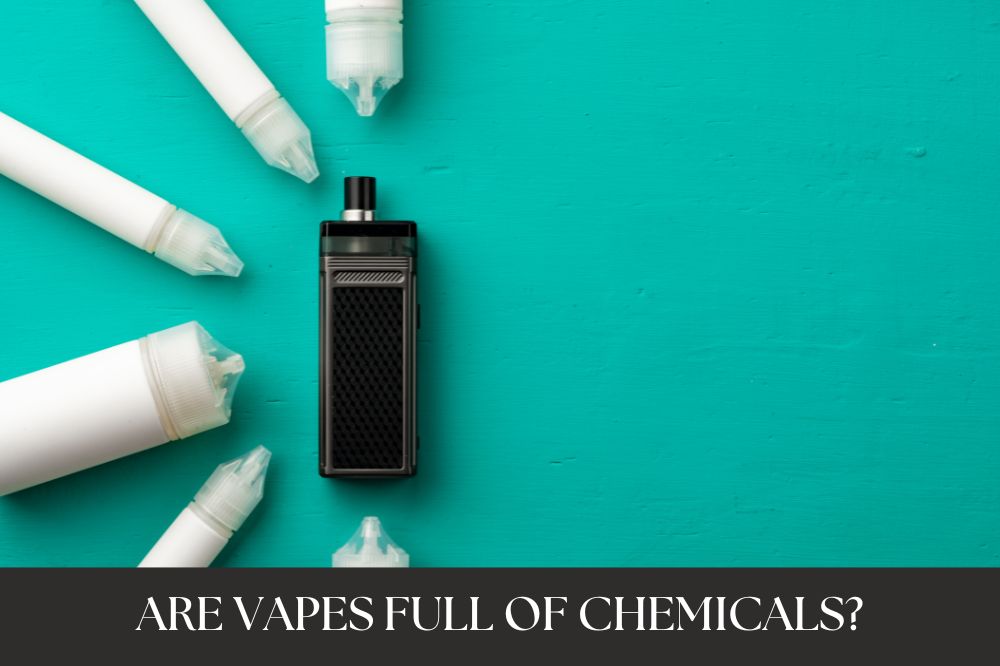
So, you’re wondering if vapes are full of chemicals. Well, the short answer is yes. Vaping devices are known to contain a variety of chemicals, some of which are toxic and potentially harmful to your health. While e-cigarettes are often marketed as a safer alternative to traditional cigarettes, the truth is that they still pose certain risks.
One of the biggest concerns with vaping is the presence of potentially harmful chemicals in the aerosol produced by the device. According to a study by researchers at Johns Hopkins University, popular vaping products contain nearly 2,000 chemicals that are not disclosed by manufacturers, as well as six potentially harmful substances. These chemicals can include toxic metals like arsenic, lead, chromium, and nickel, which can pose serious health risks when inhaled.
While it’s true that vaping exposes you to fewer toxic chemicals than smoking traditional cigarettes, the fact remains that there are still risks involved. So, if you’re considering vaping as a way to quit smoking or simply as a new hobby, it’s important to be aware of the potential risks and make an informed decision.
The Mysterious Vape Cloud
Ah, the vape cloud. It’s a staple of the vaping experience, but what exactly is in that cloud you’re exhaling? Let’s take a closer look.
What’s Really In There?
According to a study, nearly 2,000 chemicals can be found in electronic cigarette vaping liquid and aerosols. While some of these chemicals are harmless, others can be quite harmful.
The main ingredients in e-juice are vegetable glycerin and propylene glycol, which are used to create the vapor. However, flavorings and other chemicals are often added to enhance the taste or create a certain effect.
One of the biggest concerns with vaping is the presence of diacetyl, a chemical used to create a buttery flavor in e-juice. Diacetyl has been linked to a serious lung condition known as “popcorn lung.” While most reputable e-juice manufacturers have stopped using diacetyl, it’s still important to be aware of the potential risks.
Another concern is the presence of heavy metals such as lead and nickel in some e-juices. These metals can be harmful when inhaled over a long period of time.
So, while the vape cloud may look cool, it’s important to remember that it’s not just harmless water vapor. Make sure you’re aware of what’s in your e-juice and choose reputable manufacturers who prioritize safety and transparency.
Vape Juice: A Chemical Cocktail
Are vapes full of chemicals? You betcha! Vape juice, also known as e-liquid, is a concoction of various chemicals that are heated up and inhaled. Let’s take a closer look at some of the key ingredients in vape juice.
Nicotine: Not Just A Simple Stimulant
Nicotine is the primary ingredient in most vape juices. It’s a powerful stimulant that can make you feel alert and focused. But did you know that nicotine is also highly addictive? That’s right, once you start vaping, it can be tough to quit. And if you’re not careful, you could end up vaping more nicotine than you ever would have smoked in traditional cigarettes.
Propylene Glycol: A Sweet But Sticky Situation
Propylene glycol is a common ingredient in vape juice that’s used to create a smooth, sweet flavor. It’s also used in a variety of other products, including food, medicine, and cosmetics. But here’s the catch: propylene glycol is also a sticky substance that can build up in your lungs over time. So while it might taste good, it’s not doing your respiratory system any favors.
Vegetable Glycerin: More Than Just Veggies
Vegetable glycerin is another common ingredient in vape juice. It’s used to create thick, billowy clouds of vapor that many vapers love. But did you know that vegetable glycerin is also used in a variety of other products, including soap, toothpaste, and even explosives? That’s right, this seemingly harmless ingredient can pack a punch!
In conclusion, vape juice is indeed a chemical cocktail. While it might taste good and create impressive clouds of vapor, it’s important to remember that you’re inhaling a variety of chemicals into your lungs. So if you’re thinking about picking up vaping, make sure you do your research and understand the potential risks.
Flavorings: The Chemical Cherry On Top
Let’s be real, the main reason people vape is for the flavors. From fruity to dessert-inspired, there seems to be a flavor for everyone. But have you ever stopped to think about what makes those flavors so tasty? Spoiler alert: it’s chemicals.
Diacetyl: Buttering Up Your Lungs
One of the most infamous chemicals found in vape flavorings is diacetyl. It’s the chemical that gives butter its rich, creamy flavor. But when inhaled, diacetyl can cause a serious lung condition called “popcorn lung.” The name comes from the fact that it was first discovered in workers at a popcorn factory who inhaled large amounts of diacetyl from the butter flavoring used on the popcorn.
While the levels of diacetyl in vape juice are much lower than what was found in the popcorn factory, it’s still a cause for concern. Some studies have found that diacetyl is present in over 75% of flavored e-cigarettes. So, if you’re puffing on a buttery flavor, you might want to think twice.
Acetyl Propionyl: The Caramel Culprit
Another chemical found in vape flavorings is acetyl propionyl. It’s used to give flavors like caramel and butterscotch their rich, sweet taste. However, like diacetyl, it’s also been linked to respiratory issues.
Studies have found that acetyl propionyl can cause damage to the lining of the respiratory tract, leading to inflammation and even scarring. While the levels of acetyl propionyl in vape juice are lower than what was found to cause damage in the studies, it’s still something to be aware of.
So, the next time you take a puff of your favorite vape flavor, remember that there are chemicals at play. While the levels of these chemicals may be lower than what is found in traditional cigarettes, it’s still important to be informed about what you’re inhaling.
The Chemical Reaction: Heating Things Up
Congratulations, you’ve just pressed the button on your vape and taken a puff! But have you ever stopped to think about what’s happening inside that little device? When you heat up the e-liquid in your vape, it undergoes a chemical reaction that produces the vapor you inhale. Let’s take a closer look at what’s happening inside your vape.
Formaldehyde: Not Just For Embalming
One of the most concerning chemicals that can be produced when heating up e-liquids is formaldehyde. Yes, that’s the same chemical that’s used to preserve dead bodies. When e-liquids are heated to high temperatures, formaldehyde can be produced as a byproduct. This is especially true for e-liquids that contain high levels of propylene glycol (PG).
But don’t worry, you’re not going to turn into a mummy just from vaping. The levels of formaldehyde produced by vaping are much lower than those found in embalming fluid. However, it’s still a good idea to be aware of the potential risks.
So, what can you do to reduce your exposure to formaldehyde when vaping? One option is to switch to e-liquids that contain higher levels of vegetable glycerin (VG) and lower levels of PG. Another option is to lower the wattage on your vape device, as higher wattages can lead to higher levels of formaldehyde production.
Remember, when it comes to vaping, knowledge is power. By understanding the chemical reactions that occur when you vape, you can make informed decisions about how to reduce your exposure to potentially harmful chemicals.
The Great Vape Debate: Is It Safer Than Smoking?
When it comes to vaping versus smoking, the debate rages on. Some people argue that vaping is a safer alternative to smoking, while others claim that it’s just as dangerous, if not more so. So, what’s the truth? Let’s take a closer look.
Comparing Apples and Oranges…and Chemicals
First things first, it’s important to note that vaping and smoking are two very different things. Smoking involves burning tobacco leaves and inhaling the smoke, which contains a wide range of harmful chemicals, including tar and carbon monoxide. Vaping, on the other hand, involves heating a liquid (known as e-juice or vape juice) to create a vapor that is then inhaled.
While vaping doesn’t involve burning tobacco, it does still involve inhaling chemicals. The e-juice used in vapes typically contains a mixture of propylene glycol, vegetable glycerin, flavorings, and nicotine (although not all e-juice contains nicotine). While these chemicals are generally recognized as safe for consumption, there are concerns about what happens when they are heated and inhaled.
One study published in the journal Environmental Science & Technology found that the heating process used in vaping can produce high levels of formaldehyde, a known carcinogen. However, it’s worth noting that this study has been criticized for using unrealistic conditions that don’t reflect how people actually use vapes.
Another study published in the journal Tobacco Control found that e-cigarettes were 95% less harmful than smoking. However, this study has also been criticized for being funded by the e-cigarette industry.
So, what’s the bottom line? While there is evidence to suggest that vaping is less harmful than smoking, there are still concerns about the potential health risks associated with vaping. If you’re trying to quit smoking, it’s worth considering all of your options, including nicotine replacement therapy (such as patches or gum) and prescription medications like Chantix. Ultimately, the best way to protect your health is to quit smoking or vaping altogether.

